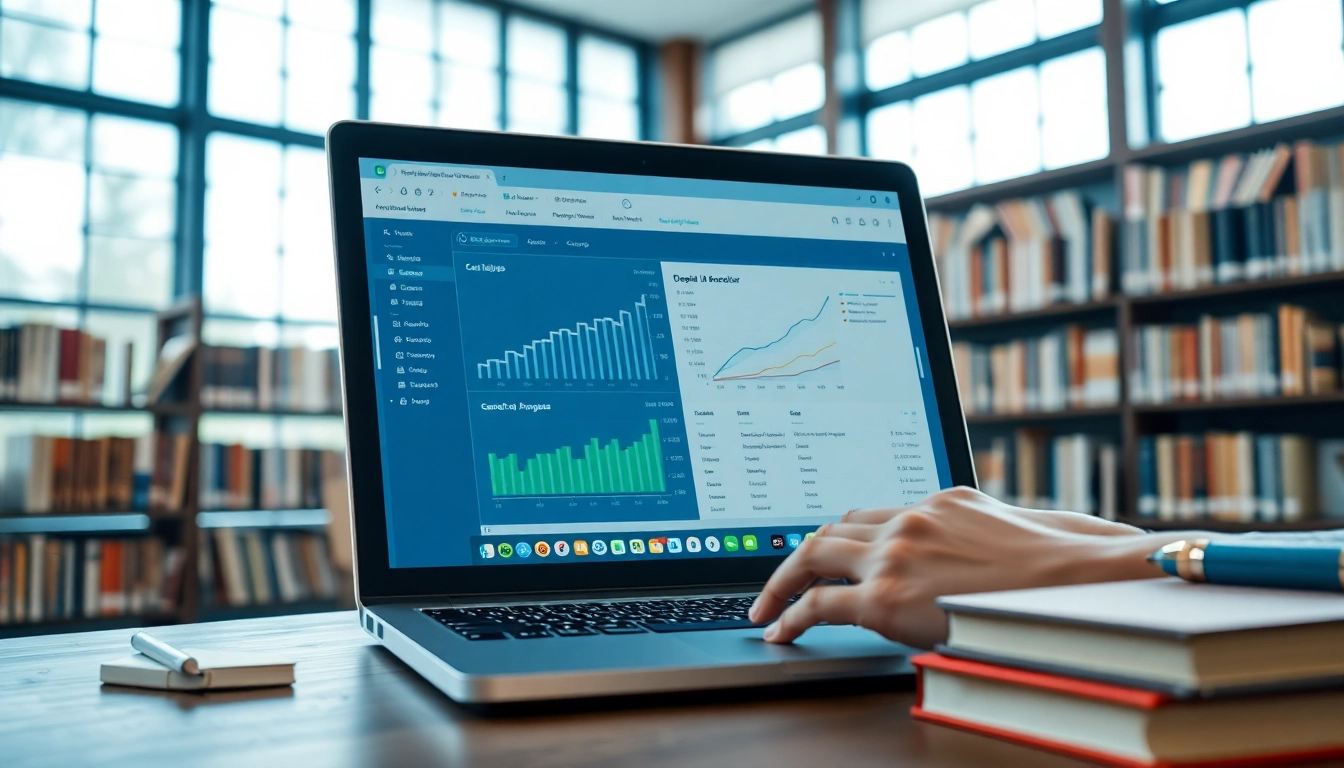Understanding Plagiarism and Its Implications
What is Plagiarism?
Plagiarism is the act of using someone else’s work, ideas, or expressions without proper attribution, thereby presenting them as one’s own. This can include copying text, ideas, images, or any intellectual property without acknowledgment to the original source. In the academic world, plagiarism is a significant breach of ethics, while in professional spheres, it can lead to legal issues and loss of credibility.
Types of Plagiarism
Understanding the different types of plagiarism is crucial for students, writers, and professionals. Here are some common forms:
- Direct Plagiarism: Copying text word-for-word without citation.
- Self-Plagiarism: Reusing one’s previous work without acknowledgement, often in academic submissions.
- Patchwork Plagiarism: Combining various sources into a new text without proper citation.
- Accidental Plagiarism: Unintentionally failing to cite sources or misquoting while paraphrasing.
- Ghostwriting: Hiring someone else to write content and presenting it as one’s own without disclosure.
Consequences of Plagiarism
The repercussions of plagiarism can be severe and vary depending on the context. In academic settings, a student may face penalties ranging from failure on an assignment to expulsion from their institution. In professional domains, consequences can include loss of job, legal action from original authors, and irreparable damage to one’s reputation. Regardless of the context, engaging in plagiarism undermines the foundations of trust and integrity essential in academic and professional environments.
How a Plagiarism Checker Works
Technological Foundations of Detection
Plagiarism checkers utilize complex algorithms to compare submitted texts against vast databases of internet pages, scholarly articles, and various publications. These tools scan documents for similarities in phrases, sentence structures, and overall content. Some advanced checkers even analyze semantic meaning, enabling them to detect paraphrased content, which is often harder to spot than direct copies.
Comparison of Algorithms Used
Different plagiarism checkers employ varied algorithms for detection. For instance, some use string matching algorithms that find exact matches of text, while others utilize more sophisticated techniques like fingerprinting and semantic analysis. This makes some tools better at recognizing subtle forms of plagiarism, such as paraphrases or restructured sentences, while basic checkers may only catch verbatim excerpts. Understanding these differences can help users choose the most effective tool for their needs.
Benefits of Using a Plagiarism Checker
Utilizing a plagiarism checker comes with several benefits:
- Ensures Originality: By checking works against other sources, it helps writers produce original content and avoid unintentional plagiarism.
- Improves Writing Skills: Many tools offer feedback on writing style, grammar, and citation formats, often helping users develop their skills.
- Enhances Credibility: Using a plagiarism checker can bolster a writer’s integrity and trustworthiness, essential traits in both academic and professional writing.
- Saves Time: Automated plagiarism checks save time compared to manually searching for potential sources.
Choosing the Right Plagiarism Checker
Key Features to Look For
When evaluating plagiarism checkers, several features are important to consider:
- Database Size: A comprehensive database means a higher chance of detecting plagiarized content.
- Detection Algorithms: Understanding how a checker finds similarities can help gauge its effectiveness.
- Reporting: Robust reporting tools that indicate where plagiarism occurs are invaluable.
- User Interface: An intuitive design enhances usability and encourages consistent use.
- Integration Options: Compatibility with various document formats or writing platforms can be beneficial.
Free vs Paid Plagiarism Checkers
Free plagiarism checkers may suffice for casual or infrequent use; however, they may have limitations in terms of database size, accuracy, and the features available. Paid tools often provide deeper analysis, improved detection capabilities, and higher performance metrics. Evaluating the user’s specific needs is crucial when deciding between free and paid options.
User Reviews and Comparisons
Analyzing user reviews and comparison charts can offer insight into which plagiarism checkers perform well in real-world scenarios. A tool may look good on paper, but user experiences often reveal its strengths and weaknesses, influencing a user’s final decision. As preferences and needs vary, personal testimonials can significantly impact the selection process.
Best Practices for Avoiding Plagiarism
Effective Paraphrasing Techniques
Paraphrasing allows writers to express ideas from sources in their own words. Effective paraphrasing involves not just changing a few words but rethinking and restructuring the material. Here are some tips:
- Read the original text carefully and ensure you understand its meaning.
- Summarize the main points before attempting to rewrite them.
- Avoid looking at the original while writing to ensure content is genuinely rephrased.
- Consult multiple sources to create a broader understanding, which helps to synthesize information rather than just reformulate one text.
Proper Citation Methods
Properly citing sources is a fundamental way to avoid plagiarism. Familiarize yourself with citation styles relevant to your field, such as APA, MLA, or Chicago. Each style has particular rules regarding how to format citations in-text and in the bibliography. When in doubt, always err on the side of over-citing rather than under-citing.
Maintaining Originality in Writing
To maintain originality, writers should cultivate their unique voice and style. This can involve exploring various formats, experimenting with different genres, and continuously honing writing skills through practice and education. Additionally, integrating personal insights, experiences, and opinions will imbue work with originality and authenticity.
Case Studies: Successful Use of Plagiarism Checkers
Academic Institutions
Many educational institutions now incorporate plagiarism checkers into their academic integrity policies. For example, universities may require students to submit assignments through specific plagiarism software before final submission, ensuring submitted work upholds standards of originality and integrity. These measures not only help in academic evaluations but also prepare students for professional environments where originality is paramount.
Content Creation and Marketing
In the competitive world of content marketing, originality directly influences SEO rankings and audience trust. Content creators frequently deploy plagiarism checkers to ensure their articles, blogs, and marketing materials are free from offending content. By emphasizing originality, brands can foster stronger connections with their audience and enhance their visibility online.
Personal Use for Freelancers
Freelancers often juggle multiple clients while crafting diverse content. Utilizing a plagiarism checker can be essential for maintaining credibility across varying client requirements. By ensuring that their work is original, freelancers can protect their reputation and foster lasting client relationships while minimizing the risk of disputes regarding content originality.



